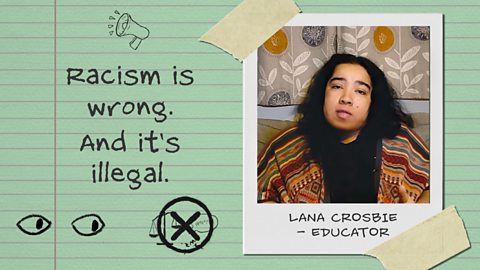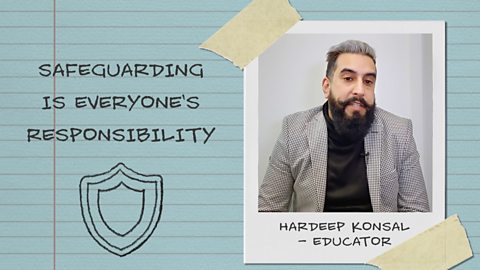East and South East Asian students share challenges they have experienced in the classroom, with tips from educators to ensure school environments are more inclusive.
Notes are compiled by film-maker and equality, diversity and inclusion (ED&I) consultant Dr Mena Fombo and film-maker Michael Jenkins with film-maker Michael Jenkins with secondary teacher Mina Kim.
The tips:
Acknowledge our heritage
In the film, young people from East and South East Asian backgrounds share how important they feel it is for teachers to understand and acknowledge their heritage.
Young people told filmmakers they felt frustrated by assumptions that they were ÔÇśall the sameÔÇÖ with no differentiation between their various cultural and religious backgrounds and experiences.
One student in the film says: ÔÇťIÔÇÖve been impacted by teachers mistaking me for other children, grouping South East Asians all togetherÔÇŽ it makes me feel like I donÔÇÖt have my own voice, it kind of makes me feel ignored.ÔÇŁ
Knowledge is power
In this section of the film, secondary mathematics teacher Mina Kim explains the importance of showing genuine interest in getting to know your individual students, their cultures, and ensuring you pronounce names correctly.
She says: ÔÇťSome students may be happy to share what they know about their heritage, but donÔÇÖt expect them to be the experts. Do your own research and share your findings with other students. It helps East and South East Asian students to feel connected to who they are and where they are from.ÔÇŁ
Encourage cultural learning experiences
During the making of the film, young people spoke passionately about valuing things like cultural days at school whereby all students are encouraged to bring food, share music, wear cultural clothing and share their heritage with each other.
One student says: ÔÇťSince our school is quite culturally diverse, itÔÇÖs quite good for other people to learn about different heritages as well.ÔÇŁ
Representation matters
In this part of the film, we look at the importance of representation within the curriculum.
One young person says: ÔÇťRepresentation is really important to me because seeing people you can look up to in your own cultures or communities is really important. I think what schools could do better is be more inclusive in their subjects and include examples from other cultures.''
Understand expectations
Students talk about the pressures of stereotypes and expectations around performance based on their heritage.One young person says: ÔÇťThereÔÇÖs always the social stigma about me being really smart because IÔÇÖm ChineseÔÇŁ and ÔÇťhaving that expectation there, thereÔÇÖs always a lot of pressure and I donÔÇÖt think I can always live up to it. But I shouldnÔÇÖt have to.''
Mina Kim also explains that students may find it difficult to speak up in class or report challenges they are facing: ÔÇťCulturally itÔÇÖs respectful to listen to elders and challenging them can be seen as disrespectful.ÔÇŁ
Creating a safe environment where you understand who your students are as individuals, their cultural backgrounds and the challenges they face, will contribute to ensuring a more positive learning experience for the children and young people you teach.

Refugee allies video
Students from refugee backgrounds share their experiences of learning a different language and understanding a new culture whilst trying to fit into a new school environment.

Mixed heritage allies. video
Issues of identity and heritage are explained by students and teachers seeking a more inclusive classroom experience.

South Asian allies. video
South Asian students share their experiences of prejudice and its impact on their learning experience, and offer suggestions on how to support students.
